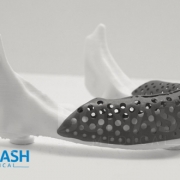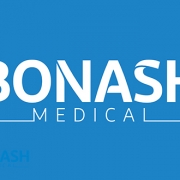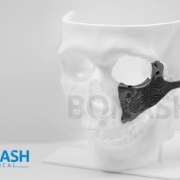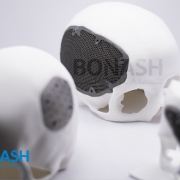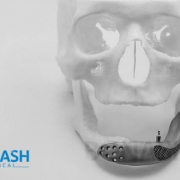Customized Implants
Customized Implants Based on Computerized Design
3D Printing promises to produce complex biomedical devices according to computer design using patient specific anatomical data. Since its initial use as pre-surgical visualization models and tooling molds, 3D Printing has slowly evolved to create customized implants (patient specific implant), scaffolds for tissue engineering and etc.
Different type of metal 3D printing methods has allowed for the design and fabrication of 3D printed titanium implants which can be patient specific. The integration of computer aided design, advanced imaging techniques (i.e. magnetic resonance imaging and computer tomography), and additive manufacturing, has advanced fabrication of custom made implants.
Using Bonash designing systems, help the surgeon to be prepared for OR.


